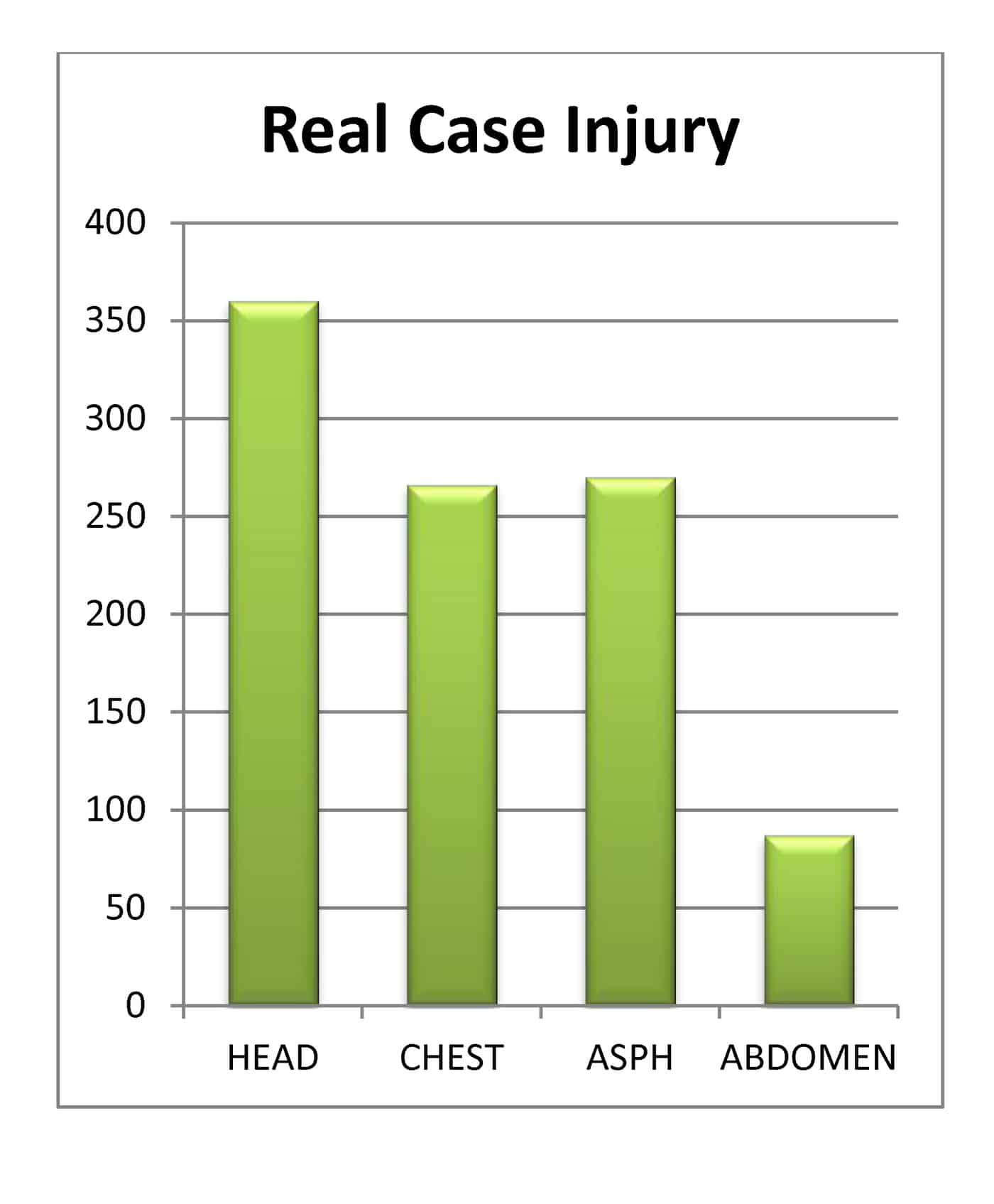Kevin Jones’s piece on the HSE dilemma with odd reporting of OH&S issues (silly stuff like the popular media reporting HSE banning toothpicks) got me thinkin’ about how silly attitudes about OH&S requirements come about. And maybe there is something to learn from this when thinking about the OH&S body of knowledge and accreditation system.
Clearly the HSE has every reason to be disturbed by the tone that is developing about OH&S in the UK. A contemptuous tone has a knock-on effect that undermines confidence in OH&S generally.
But how does this come about in the first place? Are they spontaneous, or is it a case of one ill-considered bit of advice spreading as a meme?[1] And irrespective of the cause, why are these silly safety memes embraced so readily?
Is it because there are enough people more than happy to join in on denigrating OH&S because they simply have had enough of overly complex or unrealistic obligations? Or maybe the average punter has tired of high-sounding OH&S objectives that don’t turn real in a way that matters to them? Continue reading “Silly safety memes, knowledge dumps, body of knowledge and accreditation.”

